Sir John Franklin Expedition Memorial
A tribute to the intrepid explorer and his crew who perished in terrible conditions on an ill-fated expedition to the Arctic.
The chapel at the Old Royal Naval College in Greenwich is an idyllic place of stunning marble work, painting, and architecture. To step into its hallowed halls is to be taken back in time in a blaze of Romanesque white, blue, and gold. Dizzying geometric figures and paintings dance above in flurries of color. But one solemn, stark piece of art stands out among all the gilded beauty.
To the direct right in the chapel’s vestibule is a quiet reminder of one of the darkest, most tragic moments in maritime history.
In the spring of 1845, Sir John Franklin, a famed Arctic explorer, set forth with a crew of 129 men aboard two revamped warships, the HMS Erebus and HMS Terror. Their goal was to set out for the Northwest Passage in the Arctic, to map the final stretch that would finally connect the Pacific and Atlantic Oceans.
The ships were thought to be well-equipped to handle the notoriously treacherous journey; reinforced metal plating in the hulls, central heating, a retractable propeller, and a repurposed coal-powered locomotive engine were all the pinnacle of early Victorian technology. To add to that, over 8,000 cans of tinned food were loaded onto the ships in anticipation of when the ships would inevitably be caught in the winter pack ice.
At first, the expedition seemed to be assured of success, with a well-chosen crew, two sturdy ships, and a seasoned captain at the helm of the flagship. The two ships set sail from England, were seen once past Greenland, and were never seen again.
Two years passed before it started to become clear that something wasn’t right and search parties were finally sent out. Unsurprisingly, one of the most vocal advocates of the search effort was Sir John Franklin’s wife, Lady Jane Franklin. Several ships were sent out in an attempt to find the lost expedition, but they returned with very little information.
Only one location even hinted to the fate of the sailors; a row of three graves on Beechey Island in modern-day northern Nunavut. It was clear that something had gone wrong even in the early months of the expedition, as all three young men had died early in the year of 1846.
Search efforts continued, throwing up a few clues at a time. In 1859, a mission discovered skeletons and written account of the expedition up to 1848. Slowly and steadily, the horrendous fates of the HMS Erebus and the HMS Terror came to light. Local Inuit testimony combined with the observations of the search parties began to paint a mortifying picture of the sailors stranded in the ice, forced to leave on foot when the realization set in that the ships were not going to move again.
Archaeological digs and surveys found further evidence of ravaging illness, the possibility of lead poisoning from the canned food and the water piping, and the most horrifying of all, distinct signs of cannibalism. The sailors were stranded hundreds, if not thousands of miles away from any trading post. Sir John Franklin died on June 11, 1847, according to the last record left by his immediate subordinates, Captain Francis Rawdon Moira Crozier and Commander James Fitzjames. The rest of the expedition succumbed, one by one, to a combination of unusually harsh conditions even by Arctic standards (a famine rendered the local Inuit population unable to assist even when contact was eventually made). Though there are a few Inuit testimonies attesting to the possible survival of some of the men, it is likely unprovable. Whether safely assimilated or dead, all 129 men vanished from Western history forever.
The wreckage of the Erebus was found in 2014, and the Terror two years later, in 2016, in almost intact condition.
This quiet memorial in the College chapel is a grim reminder of this chapter in exploration history. It serves to remember the lives of all the men lost over the course of the expedition, as well as a solemn testimony to the unyielding power of nature at its most vicious.
Know Before You Go
The chapel is located on the grounds of the Old Royal Naval College in Greenwich. -Entrance is free.
Hours are Monday to Sunday, 10 am-5pm -Hours may be interrupted by weddings or maintenance in the chapel. Check the chapel's calendar on their website for more information.
The mural is directly in front of the main entrance to the chapel, prior to the stairs up to the chapel itself.



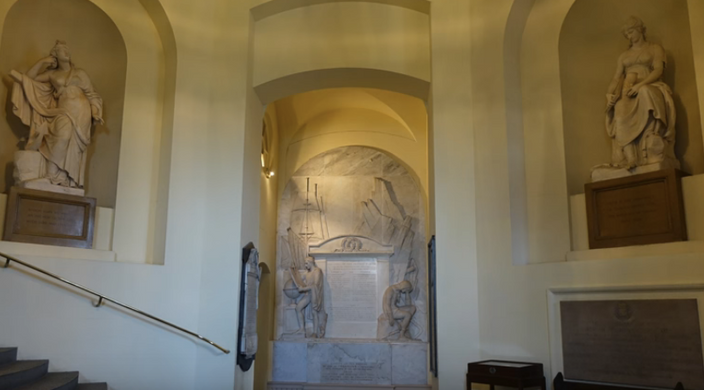
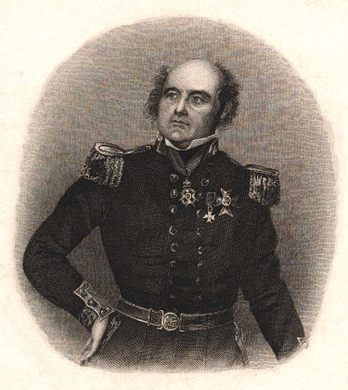
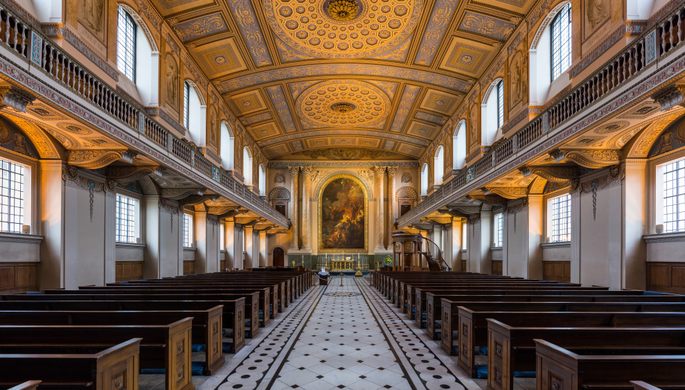




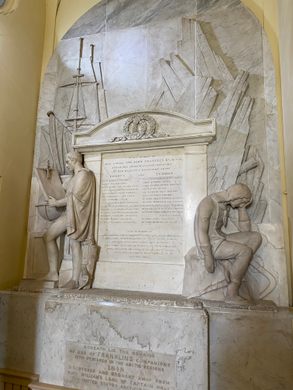
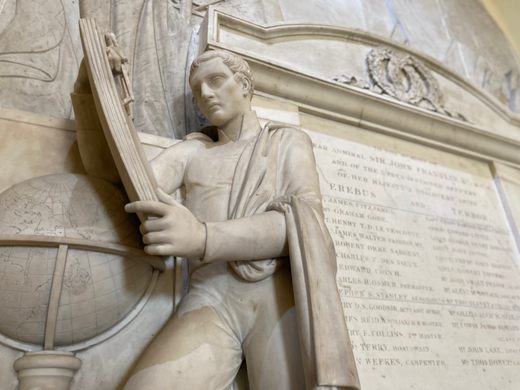
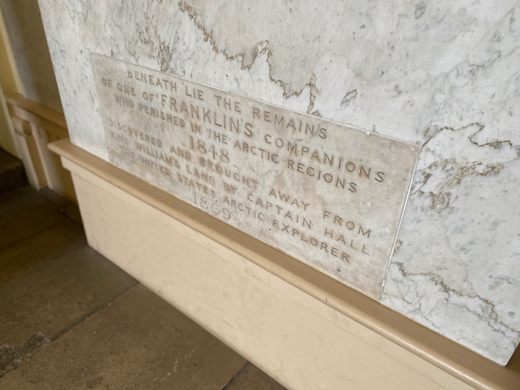
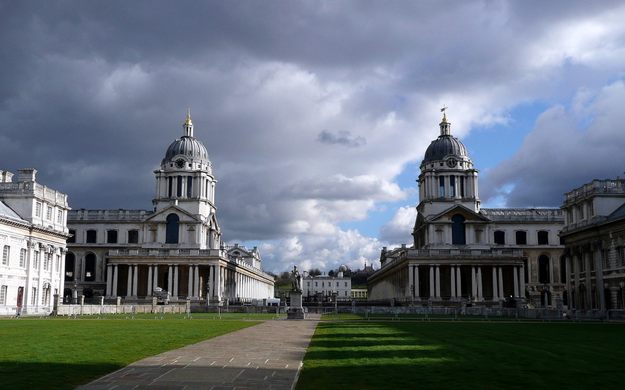







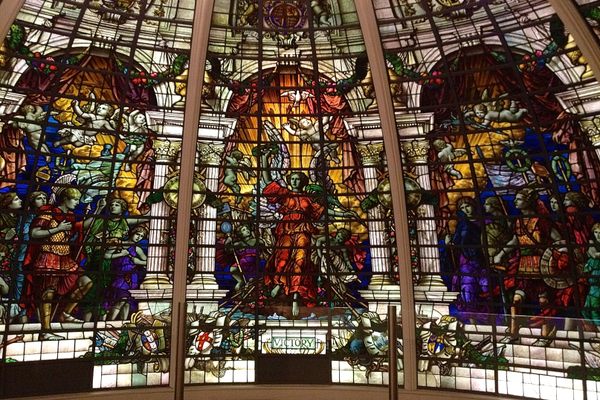
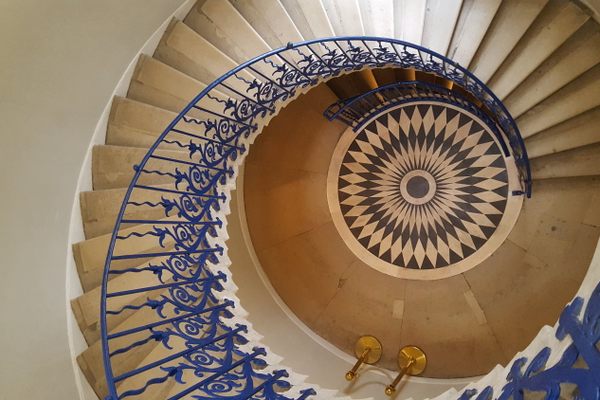
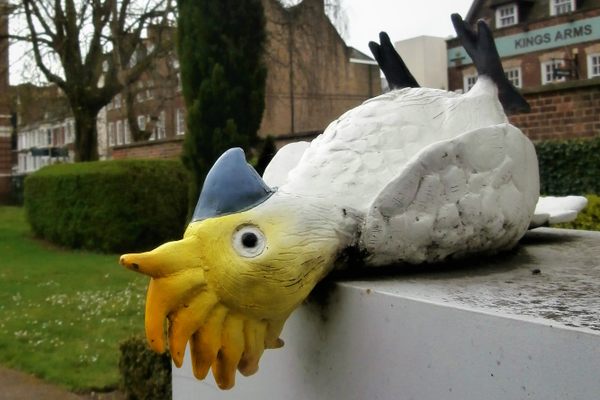
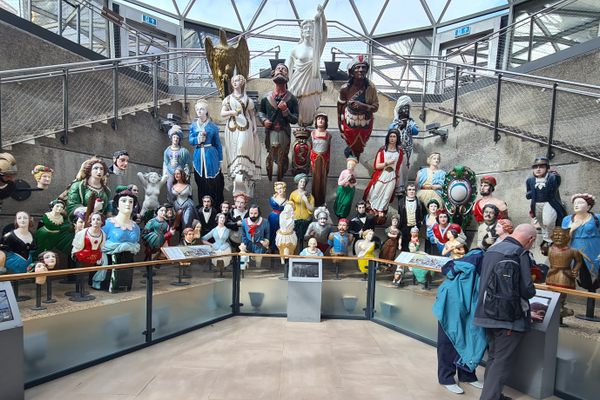
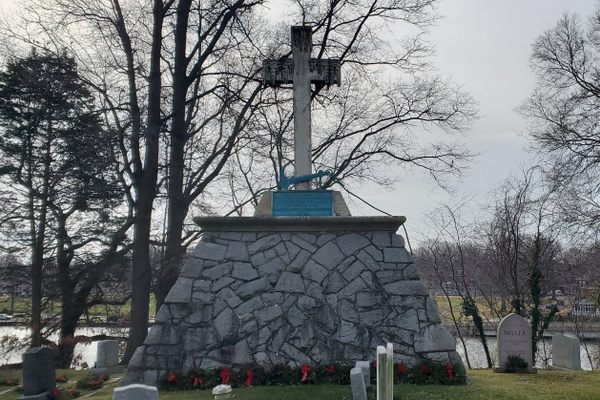




Follow us on Twitter to get the latest on the world's hidden wonders.
Like us on Facebook to get the latest on the world's hidden wonders.
Follow us on Twitter Like us on Facebook